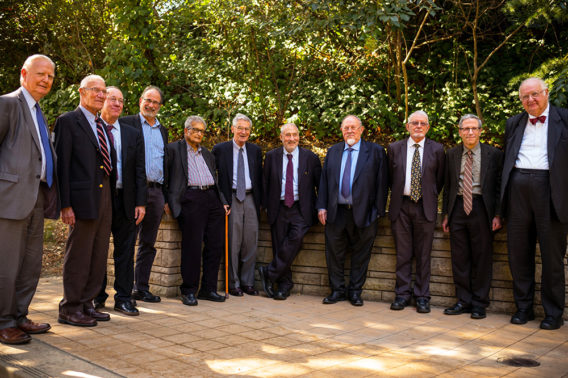The Negotiation Journal has published some memories of Howard Raiffa, who passed away in July of last year. Here's my contribution:
Some Memories of My Academic Grandfather
I first met Howard shortly after I received my Ph.D. from Stanford University in 1974. Robert B. Wilson, my advisor, had been Howard's student, and so Howard was my academic grandfather. I visited Howard in his office at Harvard Business School and talked with him about my dissertation. I had worked on a generalization of what were called von Neumann-Morgenstern solutions, which were sets of game outcomes, characterized by two properties, internal and external stability. As I recall the discussion, Howard said something like this to me: “If you want to generalize solutions, you have to give up one of those two properties. Which one did you give up?” When I told him I had relaxed the requirement of external stability, he paused and then said, “That's a lot to give up!” I recall thinking that my introduction to Howard had gotten off to a poor start.
I did not see Howard often after that until 1998, when my wife, Emilie, and I moved to Brookline, Massachusetts. We invited Howard and his wife, Estelle, to our Passover Seder, and they were among the last guests to arrive. They explained that they had driven from their home in Belmont to ours in Brookline, seen a line of cars parked outside a house similar to the one we had described, and had gone in and mingled. Only when that family took their seats for the Seder did they discover that they were at the wrong house. And indeed, they knew many more of the guests at our Seder. They became regulars at our Seder until they started spending more time in Arizona.
A distinguished line of academic descendants have followed Howard's lead in seeking what motivates practical behavior. These include Bob Wilson's students Paul Milgrom and Bengt Holmstrom, and a growing number of their students and mine as well. The thriving fields of experimental and behavioral economics and market design testify to Howard's legacy.
*************
Here is the table of contents of the special issue










